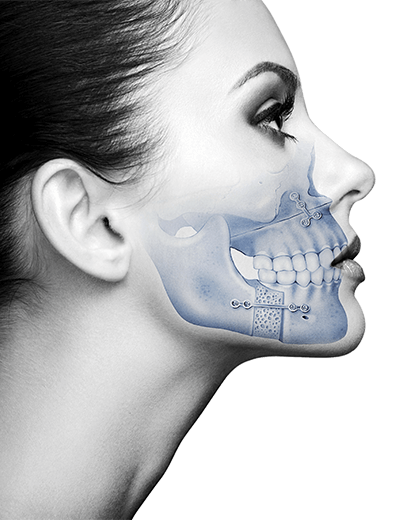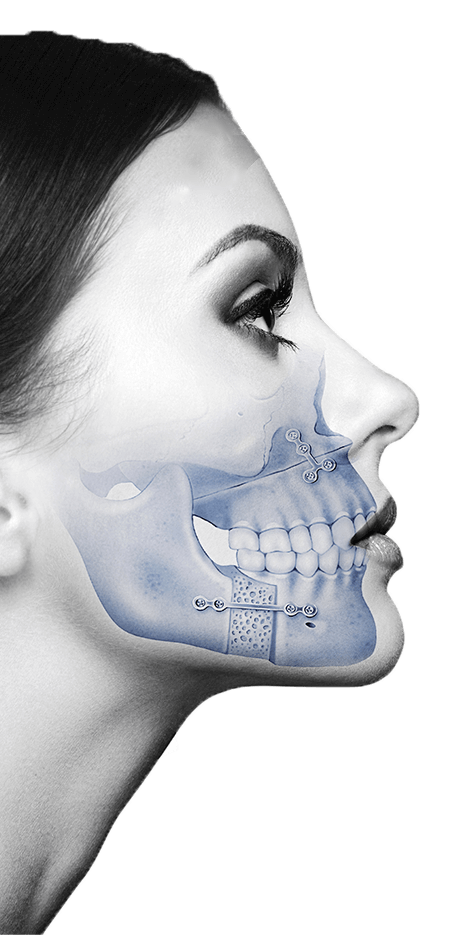Guided bone regeneration (GBR) refers to the techniques and procedures indicated in the guided growth of new bone at sites with insufficient dimensions or volumes of bone. Nowadays, GBR techniques are mainly indicated in the oral cavity to support new bone growth on an alveolar ridge to enhance the site for a future stable placement of dental implants. There is evidence that when soft tissue is mechanically excluded from the healing of osseous defects, bone regeneration is significantly enhanced.
On the cellular level, bone regeneration is a complex coordinated proliferation process where different types of cells including osteoblasts, bone-lining cells, osteoclasts, and osteocytes regulate bone formation. At the same time, angiogenesis is vital to provide blood support for development, maintenance, and repair of the bone.
In this chapter, the followings topics will be assessed in order to understand GBR:
7.2 Is the exclusion of epithelial and connective tissue cells necessary?
7.3 How to begin GBR therapy
7.4 Which membrane is recommended?
7.5 What are the options for grafting materials?
7.5.1 Are there any differences between block and particulate grafts?
7.5.2 Will using a mineralized or demineralized graft improve results?
7.6 Clinical cases
7.7 Conclusions







